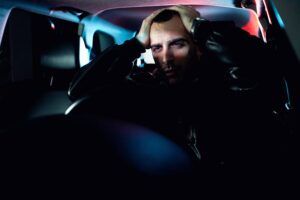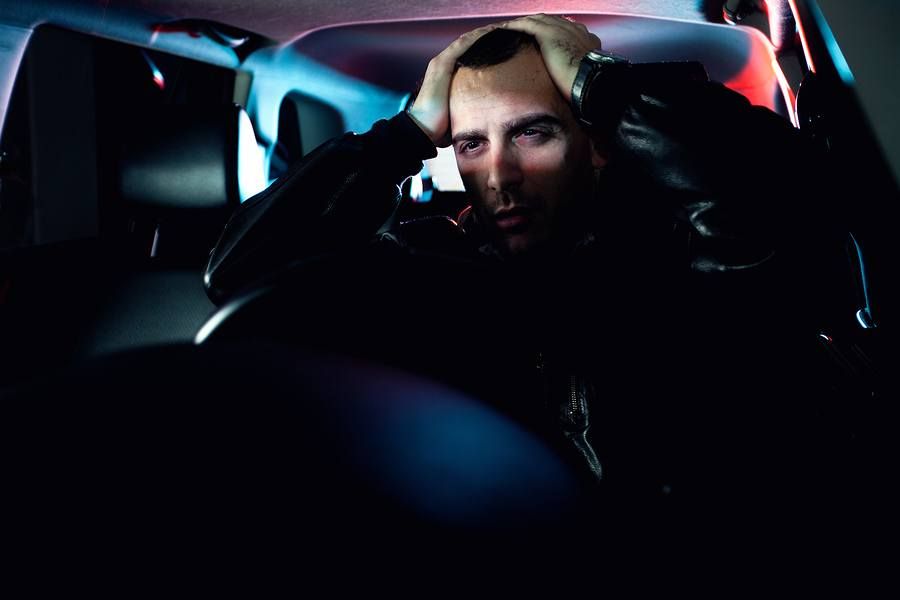 Although a few states have legalized marijuana, the battle against drugged driving is still in the early stage. Unlike drunk driving, drugged driving is hard to detect and may be even harder to prosecute. One reason why is that there is no defined testing device like a breathalyzer to use to test suspected drugged drivers.
Although a few states have legalized marijuana, the battle against drugged driving is still in the early stage. Unlike drunk driving, drugged driving is hard to detect and may be even harder to prosecute. One reason why is that there is no defined testing device like a breathalyzer to use to test suspected drugged drivers.
What’s not hard to detect is that there are too many drugged drivers on the roads. One reason is that some myths that used to be used to justify drunk driving have been adopted by drug users.
It’s OK to drive while high
Unless you live in a remote area with no Internet, television, or radio access, you know that drunk driving is illegal in every state. Yes, it’s legal to drink alcohol, but it’s not legal to drink alcohol and get behind the wheel of your car.
What you might not realize is that it’s also illegal to drive after you’ve smoked marijuana, and the very same laws that apply to you if you’re under the influence of alcohol will apply if you’re under the influence of marijuana.
Police can’t tell if I’m under the influence of drugs
It’s not as easy as pulling out a breathalyzer, but police can definitely tell if you’re under the influence of drugs like marijuana. While state legislators were in the process of legalization, police were in the process of training to detect drugged drivers, and there are more and more members of the police force in every state that have taken the training or are in the process of taking the training to stop drugged driving.
Buzzed and drugged driving is OK, just as long as I’m not too high or too drunk
Just like there’s no safe amount of alcohol you can drink before driving, there’s no safe amount of marijuana you can consume either. One of the reasons why Utah changed the legal blood alcohol limit to .05 instead of the standard .08 is because legislators know that having any amount of alcohol in your blood stream is dangerous. Even one glass of wine or beer can affect your hand eye coordination, vision, and motor skills.
The same rule applies for marijuana use, and even if you don’t hit the legal THC limit of 5 nanograms, you still could be affected enough that you shouldn’t be driving a vehicle.
Legalization of marijuana will most likely come to all states, and that’s why myths like these need to be busted long before drugged drivers clog the roads. Just like fighting back against drunk driving, it’s going to be public education that really works to stop these drivers.
